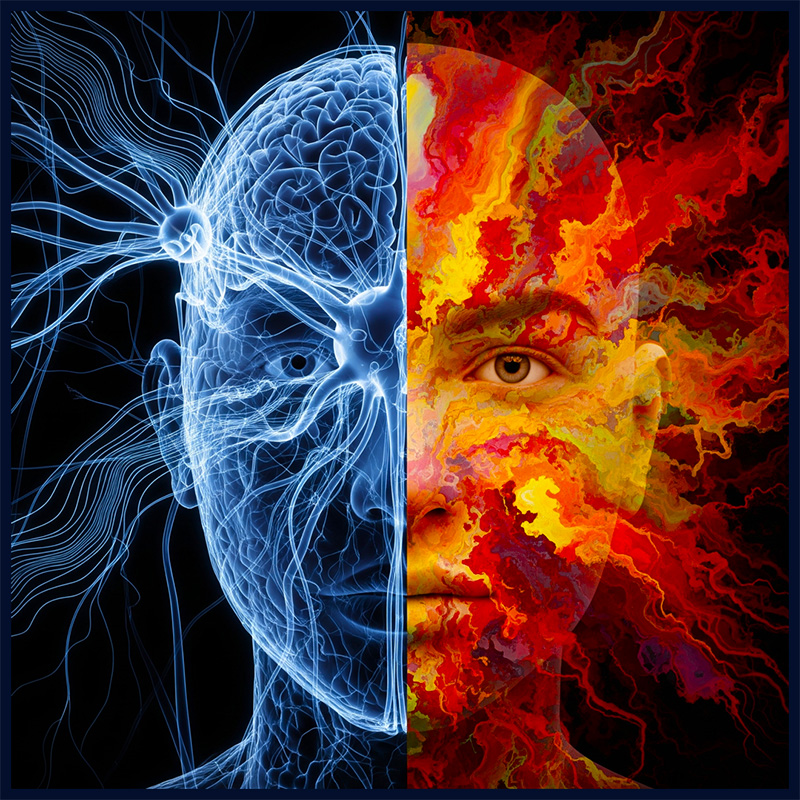In a professional environment where complexity, speed, and human interactions intertwine every day, leaders are realizing that decision-making cannot rely solely on data, processes, and technical expertise. Emotional intelligence and the science of the brain—neuroscience—are emerging as two powerful allies for those who aspire to lead effectively, sustainably, and humanely.
This is the essence of neuroleadership: combining the most recent advances in neuroscience with the interpersonal skills that drive trust, motivation, and performance.
Why Emotional Intelligence Still Matters
Long before it became a buzzword, emotional intelligence (EI) was recognized as a decisive factor for professional success. Studies consistently show that leaders with strong EI inspire more engagement, reduce stress levels within their teams, and manage change more effectively.
Emotional intelligence encompasses several skills: self-awareness, emotional regulation, empathy, and the ability to build constructive relationships. These are not innate gifts but capabilities that can be developed through practice and reflection.
The Neuroscience Advantage
The rise of neuroleadership is driven by an increasing understanding of how our brains process information, react to stress, and make decisions. Neuroscience provides leaders with tools to decode the biological and psychological mechanisms that influence behavior—both their own and that of their teams.
Some concrete applications include:
- Managing stress: understanding how the amygdala triggers fear or defensive reactions, and using breathing or reframing techniques to regain control.
- Facilitating learning: applying the principle of neuroplasticity to encourage continuous skill development.
- Improving decision-making: recognizing cognitive biases and learning how to counteract them.
By integrating these insights, leaders can better anticipate emotional triggers, encourage more rational thinking, and foster a more resilient corporate culture.
Leading with Both Brain and Heart
Neuroleadership is not about turning managers into amateur neuroscientists. It’s about translating these insights into actionable leadership habits:
- Listen actively without rushing to conclusions.
- Create psychological safety so everyone feels comfortable expressing ideas or concerns.
- Adapt communication to different emotional states and profiles.
- Acknowledge achievements in ways that resonate with individuals’ intrinsic motivations.
This balanced approach between brain and heart strengthens trust within the team and enhances collective performance.
👉 See also: How to boost your SME’s efficiency and results through commercial outsourcing
From Awareness to Practice
The transition from theory to practice requires intentional effort. Leaders interested in neuroleadership often work with executive coaches to:
- Assess their emotional intelligence profile.
- Identify behavioral patterns that can hinder decision-making or relationships.
- Establish daily routines (brief check-ins, feedback loops, reflective pauses) that reinforce both emotional connection and analytical clarity.
Workshops and training sessions based on role-playing, scenario analysis, and neuroscience case studies are particularly effective for embedding these new habits.
Why Now?
The post-pandemic workplace, hybrid teams, and constant change have heightened the need for leaders who can manage not just processes but human emotions and adaptability. Neuroleadership answers this need by equipping leaders with the mindset and tools to navigate uncertainty while keeping their teams aligned and motivated.
Conclusion: The Future Belongs to Human-Centered Leaders
In the years to come, the leaders who stand out will be those who understand that people are not just resources to be managed but brains and hearts to be inspired. Emotional intelligence and neuroleadership offer a roadmap for this transformation, making leadership both more effective and more humane.
📞 Ready to integrate emotional intelligence and neuroleadership into your leadership style? Let’s talk

